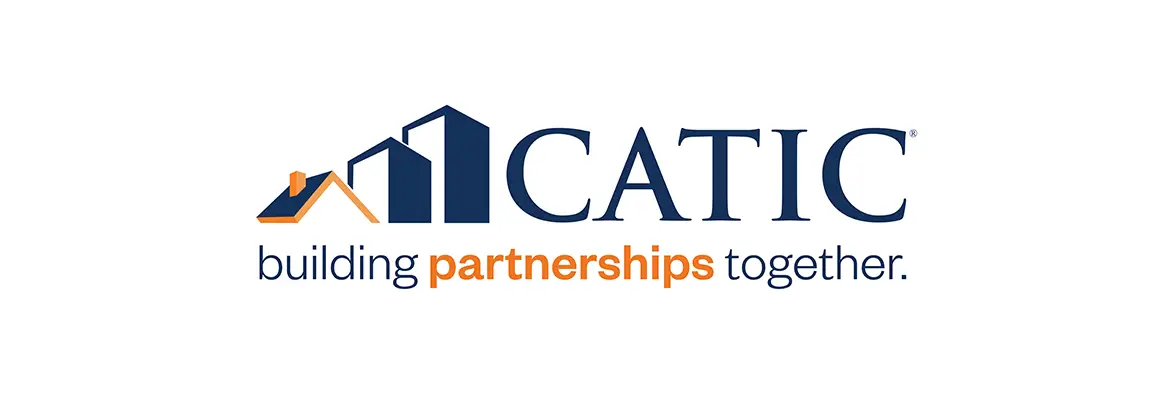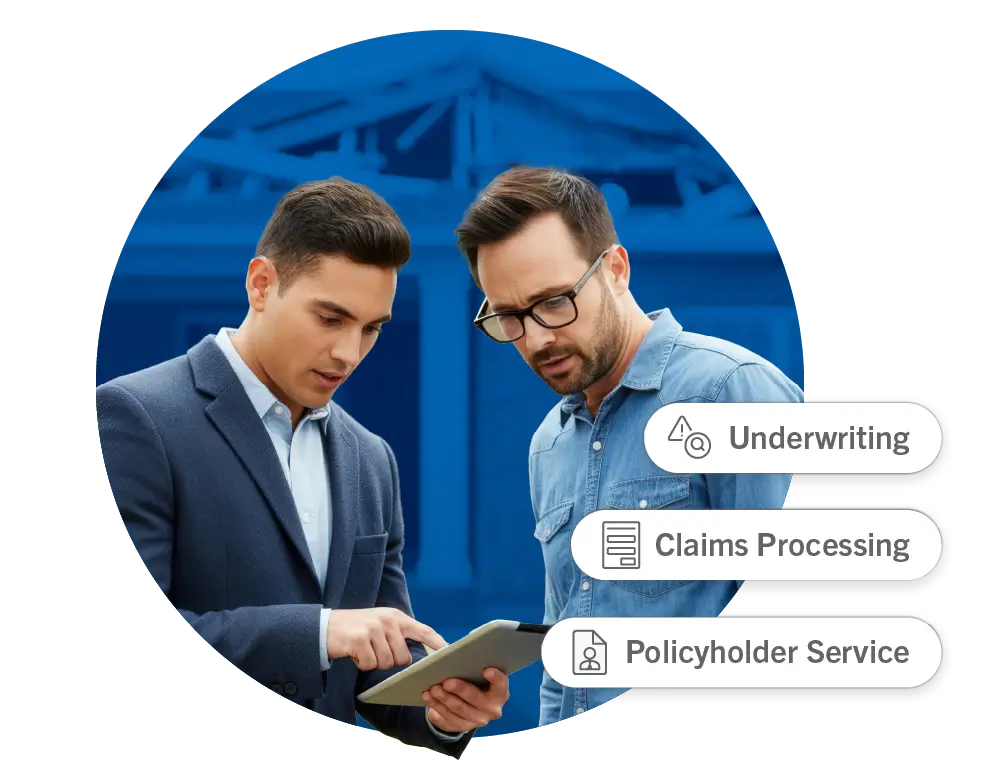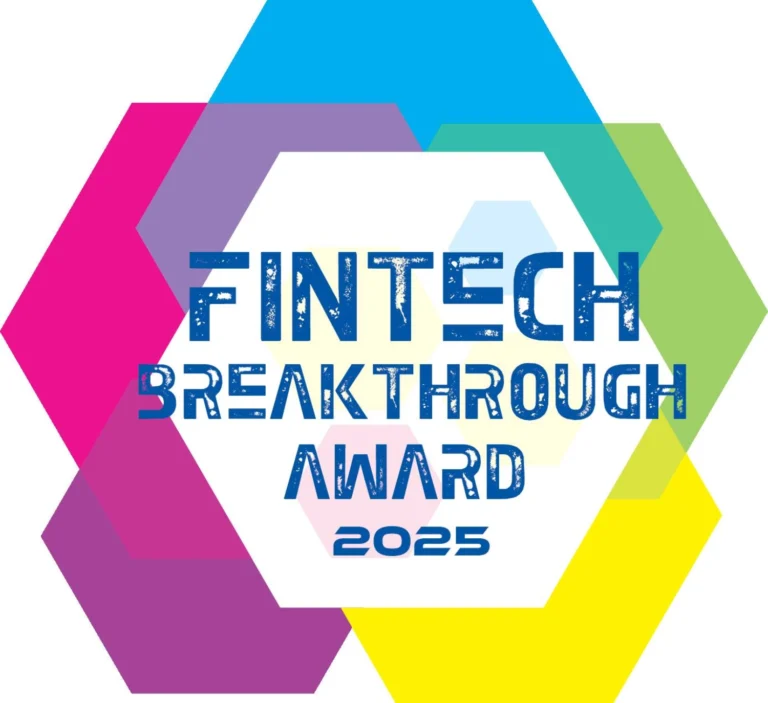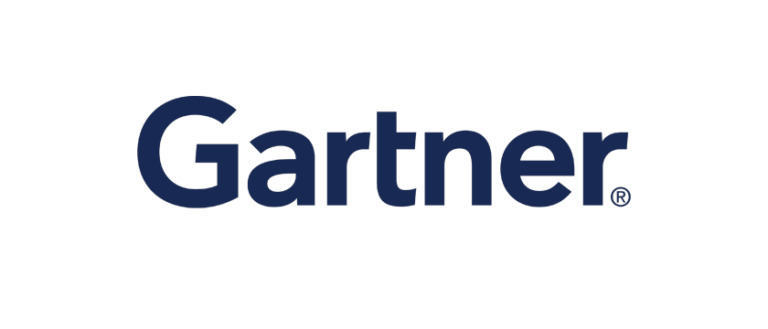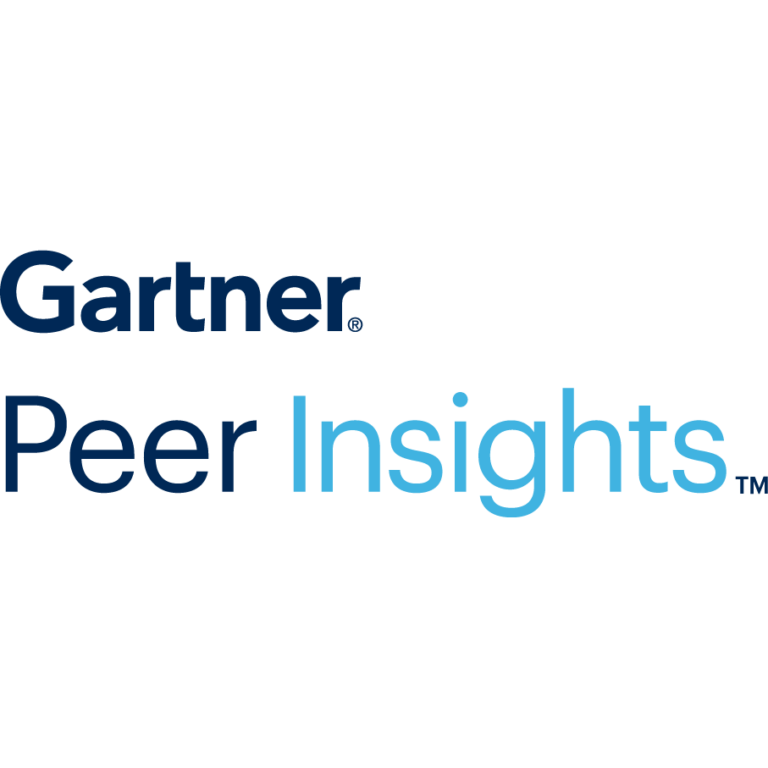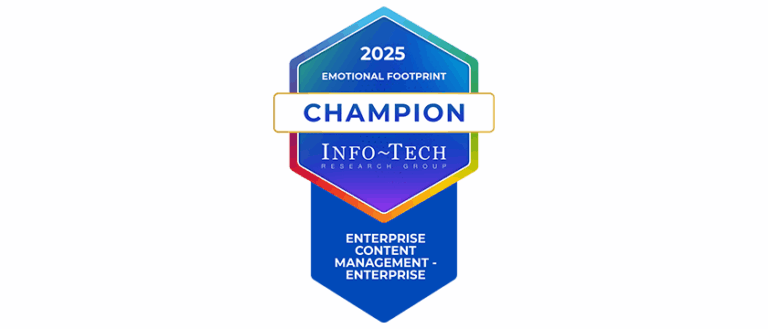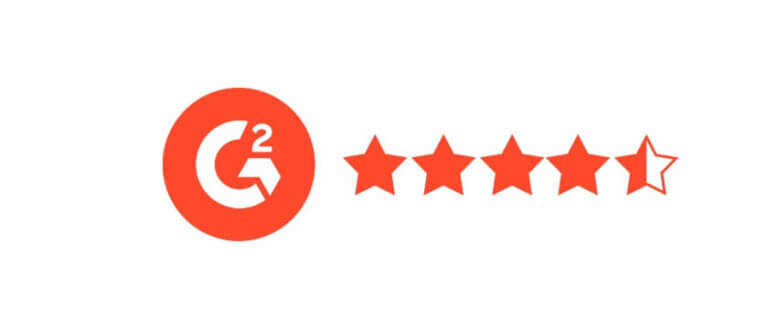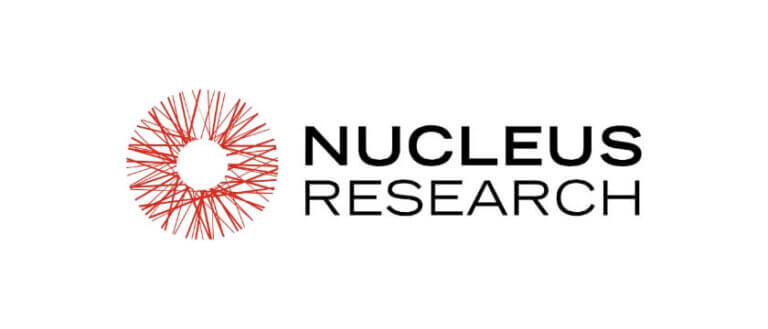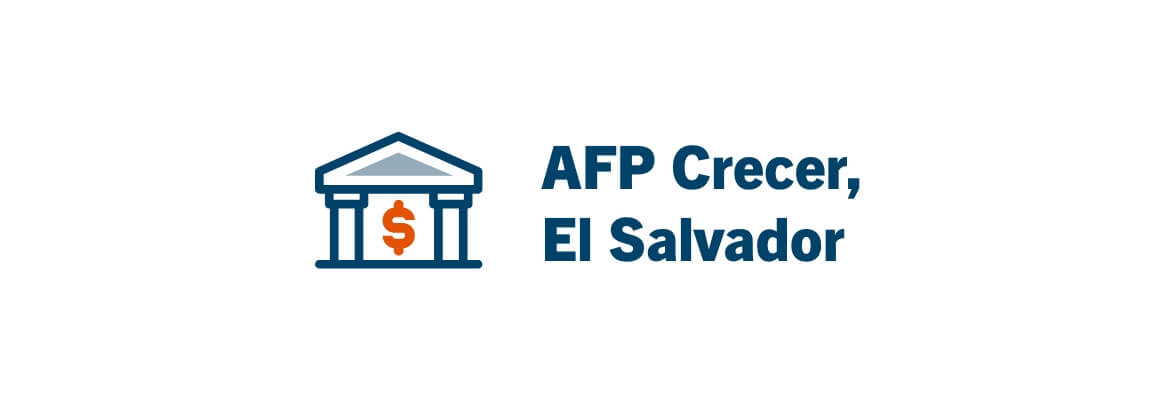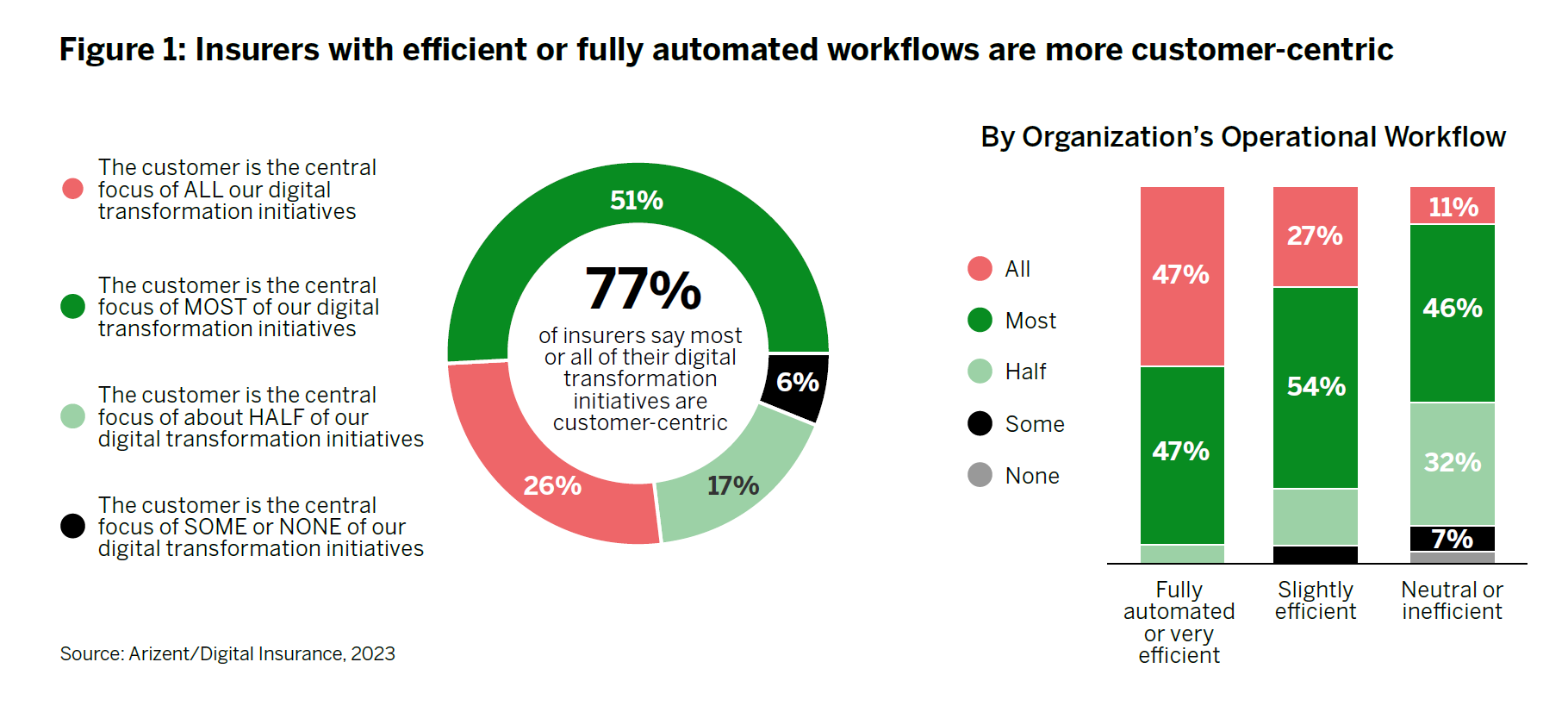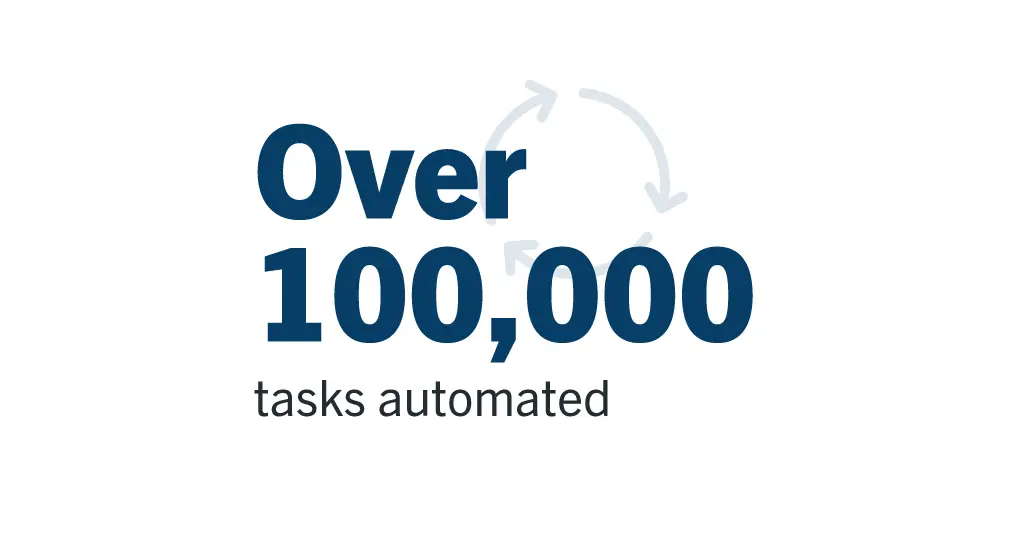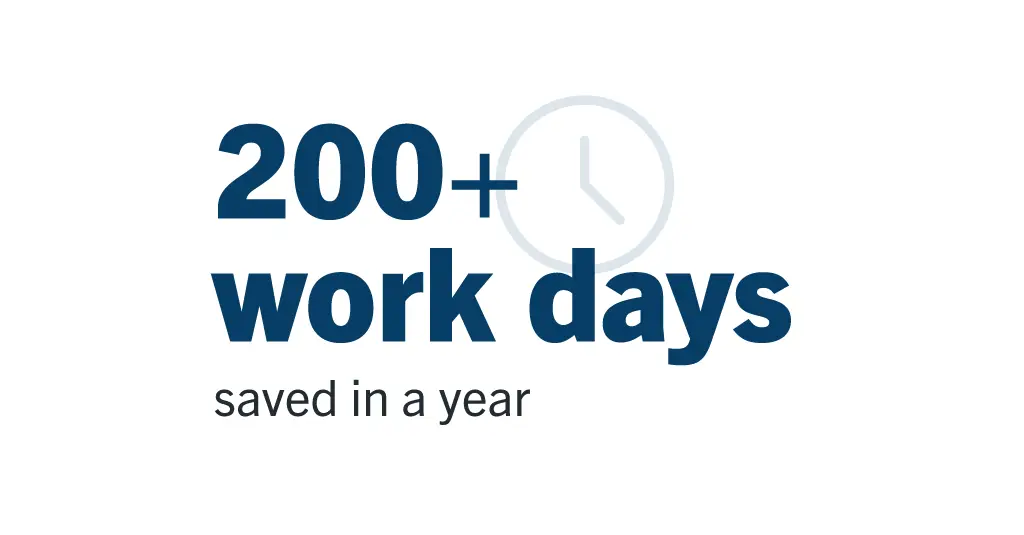With economic uncertainty being the new normal, the demand for reliable financial institutions has risen tremendously. F&M Bank is one institution that has been able to maintain its customer trust for the past century, seeing significant growth particularly in recent years. Now with 25 branches across Los Angeles, Orange, and Santa Barbara counties, F&M’s expansion has led to more information management needs, technology demands and regulatory compliance requirements.
The bank initially implemented Laserfiche as a document management system and quickly expanded its use organization-wide. F&M’s experience using Laserfiche as a document management system was the foundation for the bank’s expanded usage of Laserfiche for process automation.
“What started as a way to scan and search for information is now a fully integrated enterprise content management solution,” said Morgan Wheeler, business intelligence manager and vice president at F&M Bank. “We have roughly 90 different active workflows running to the tune of about 1,500 times per day. We have about 60 different production forms, and nearly every single bank employee uses Laserfiche as part of their job.”
As F&M grew and workplace needs evolved, the bank sought a business process automation solution to create more efficiency and connect with its core banking system for a seamless employee experience.
The bank turned to Laserfiche, and its Laserfiche solution provider CDI for support in leveraging the platform’s business process automation and integration capabilities. F&M integrated Laserfiche with its core banking system and deployed automated workflows that have sped up processes such as financial certification and loan applications, helping the organization to scale. Meanwhile, Laserfiche’s robust governance tools support compliance with regulatory requirements.
“At the close of 2019, the bank had $7.6 billion in assets, and we have now reached $11.7 billion,” said Wheeler, adding that there was a period during the onset of COVID during which F&M’s assets grew more in 100 days than the institution did in its first 95 years of operation (1907-2002). “Laserfiche has been a critical component in our growth.”
“Just storing things digitally isn’t enough. The information we store needs to be functional digital assets within wider business processes, and that assumes not only automation but integration.”
— Morgan Wheeler, Business Intelligence Manager and Vice President at F&M Bank
Increased Efficiency and Accuracy in the Financial Certification Process
One process F&M has reimagined to achieve impressive efficiency is financial certification, which previously required tremendous amounts of manual tasks to coordinate dollar amounts with all of the branches, emailed spreadsheets between managers and departments, and validation against historical information.
“For our branches, it means counting cash, teller drawer amounts, vault and cash center amounts — and we have all these different accounts, cash in transit, night-drops, merchant services … it’s a high-volume, complex activity,” Wheeler explained.
The bank deployed a Laserfiche solution that allows all departments across all branches to enter information about their accounts in a Laserfiche Form, which is prepopulated with information about what their financial position should be. The form calculates the difference and routes it to the bank’s finance and accounting department, and through proper approvals.
“The Laserfiche process has streamlined how we present our financial figures each month,” Wheeler said. “These figures are audited both externally and internally.”
The new process has saved the bank an estimated 700 hours per month of employee time, while providing a more transparent, prescribed procedure for certification. After the solution was deployed, employees were able to better utilize their time on value-added activities.
Overnight Process Deployment With Flexible Forms and Workflow Tools
As a bank deeply embedded in its community, F&M acted quickly during the COVID-19 crisis when information about the Payment Protection Program was released. It was an opportunity to help people when they needed it most — and the team had the tools to deliver with Laserfiche.
“There was very little guidance on how the payroll protection loans were supposed to go out,” Wheeler said. “When the dust settled, F&M Bank issued more than $1 billion in PPP loans to the local community.”
The executive team assembled to map out how the bank would receive applications and distribute the money, and the F&M team stayed up all night creating a Laserfiche Form and PPP Loan application process.
“Within a matter of days we were funding loans. The nimbleness of Laserfiche Forms and workflow, plus SQL allowed us to build out an application process for those PPP loans literally overnight. I was not only impressed by F&M as an institution, but I was also impressed with our ability to create literally something out of nothing.”
— Morgan Wheeler, Business Intelligence Manager and Vice President at F&M Bank
Applicants began seeing their loans funded in a relatively short time frame, underscoring the bank’s commitment to its community, especially in a time of need.
Today, most of the bank’s loan processes involve Laserfiche, including the Loan Document Draw process: When a client asks for a loan, Laserfiche helps the bank centralize the process and effectively prepare the pieces of content that need to be gathered for the final document draw when the final loan agreement is drawn up for client signature. Having a strong presence in the commercial real estate industry, F&M has streamlined the collection of loan documents — which can be hundreds of pages long — in order to help ensure accuracy and speed.
Delivering on Innovation and Compliance
As an institution regulated by the Consumer Financial Protection Bureau, Federal Reserve Bank, and California Department of Financial Protection and Innovation (DFPI), F&M’s standardized compliance processes continue to pay dividends for the organization and its clients.
In today’s uncertain economic conditions, F&M has also leveraged its technology to build stronger business resilience. The bank’s team worked closely with Cities Digital to build a resilient infrastructure that allows the bank to confidently handle unplanned network events, and gracefully failover for planned upgrades and maintenance. “Due to the cooperative effort of Laserfiche, Cities Digital and our IT team, Laserfiche regularly achieves 99.99% uptime during business hours,” Wheeler said.
F&M’s use of Laserfiche has evolved along with the bank, empowering staff to innovate the way they do business while remaining compliant with industry regulations, and protecting client information and assets.
“Laserfiche is a critical way in which we deliver to our auditors, to our community, to our employees and, most importantly, to our clients.”
— Morgan Wheeler, Business Intelligence Manager and Vice President at F&M Bank
Learn more about how to invest in a Laserfiche solution today.
